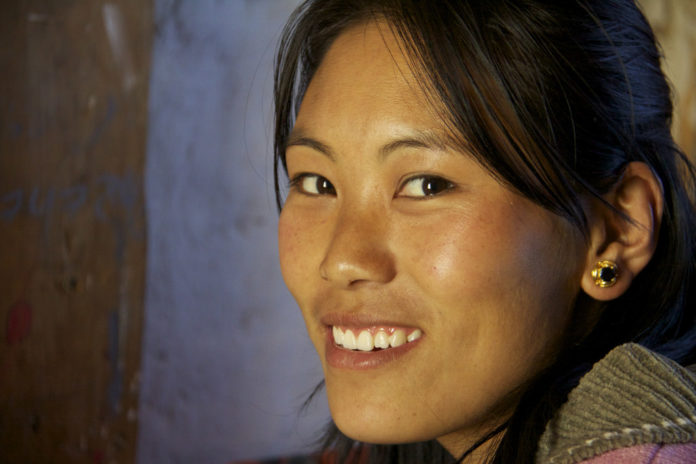Bhutanese are not just happy, they are dwindling – albeit in a happy way. A new report on living standards in the Himalayan kingdom that introduced the concept of Gross National Happiness to the world shows that the country may be headed for population reduction.

The Bhutan Living Standards Survey Report 2017 shows that the total fertility rate (TFR) in the country is 1.9 – two points below the population replacement rate of 2.1. That rate, Bhutan had already achieved five years ago, as brought out by the 2012 version of the same report. TFR refers to the total number of children born or likely to be born to a woman in her life time if she were subject to the prevailing rate of age-specific fertility in the population.
WHO explains the 2.1 figure for population stabilisation as representative of the average number of children a woman would need to have to reproduce herself by bearing a daughter who survives to childbearing age. Data from India’s National Family Health Survey 4 (2015-16 data) shows that India’s current TFR is 2.2 (down from 2.7 in 2005-06). The TFR in individual states ranges from 2.7 in Uttar Pradesh to 1.7 in Goa.
The 2017 BLSS report says: “The TFR of Bhutan in 2017 was estimated at 1.9 children per women based on the number of births in the past 12 months prior to the survey period. This implies that, on average, a woman bears 1.9 children during her reproductive age (Table 4.18), which is lower than replacement level of 2.1. The TFR was almost equal in both urban and rural areas with about two children per women. Among the Dzongkhags, Tsirang had the highest TFR of almost four children per women, and the lowest was in Dagana with a TFR of less than 1.”
In an assessment of the TFR in southeast Asia, WHO says: “TFR in two decades (from 1985-1990 to 2005-2010) has declined in all SEAR countries except Timor-Leste where it has increased instead. Out of seven countries which had TFR during 1985-1990 higher than the world average, three (Maldives, Bhutan, Bangladesh) had over 50% decline by 2005-2010, two (Nepal and Myanmar) between 40 % and 50%, one (India) 35%, and the remaining one (Timor-Leste) minus 25% (meaning increase instead of decrease). The four countries which had TFR less than the world average in 1985-1990 continue to do so in 2005-2010 as well but at slower rate of decline (below the world average decline of 27%). Of these four, DPR Korea and Thailand have TFR below 2.1” The SEAR countries are Bangladesh, Bhutan, DPR Korea, India, Indonesia, Maldives, Myanmar, Nepal, Sri Lanka, Thailand and Timor Leste.


